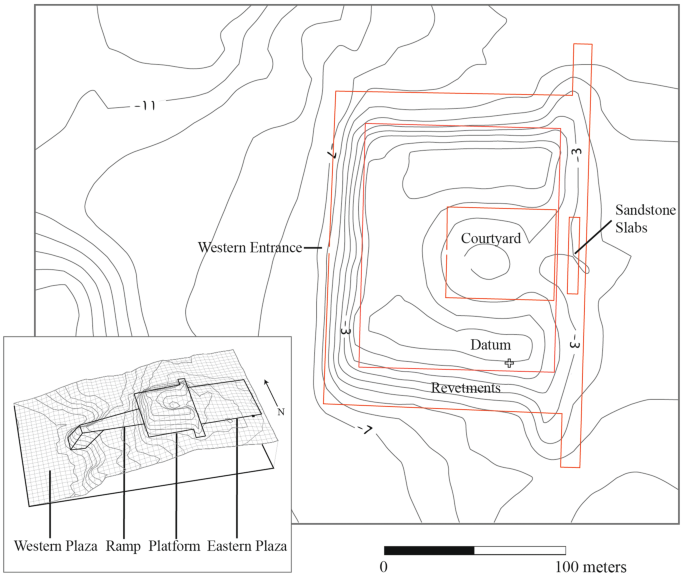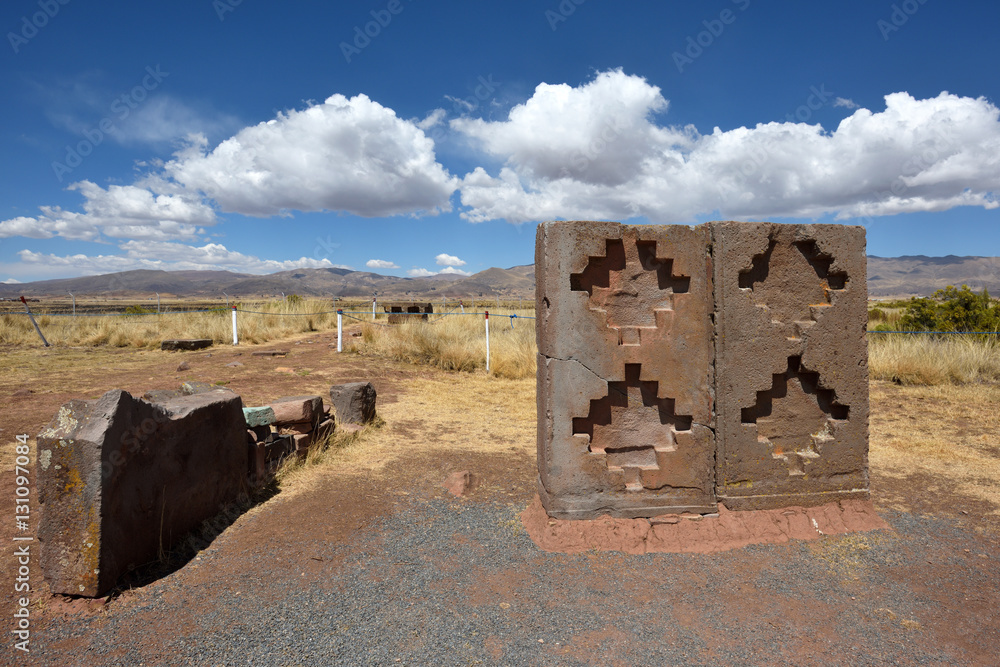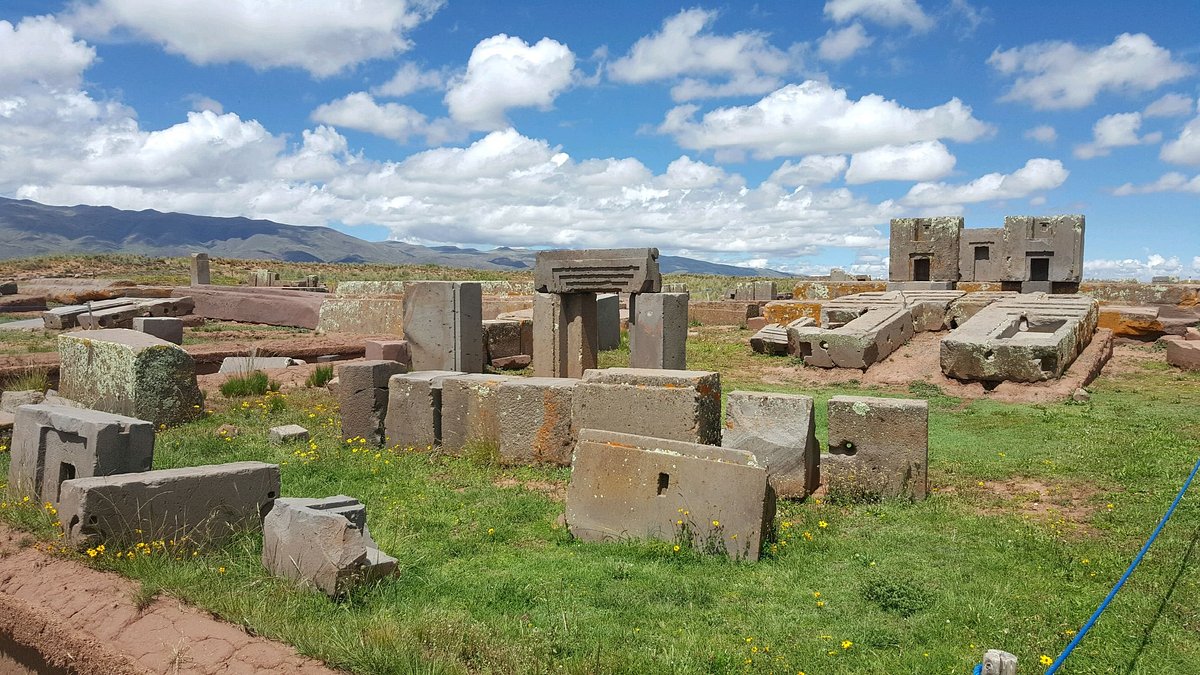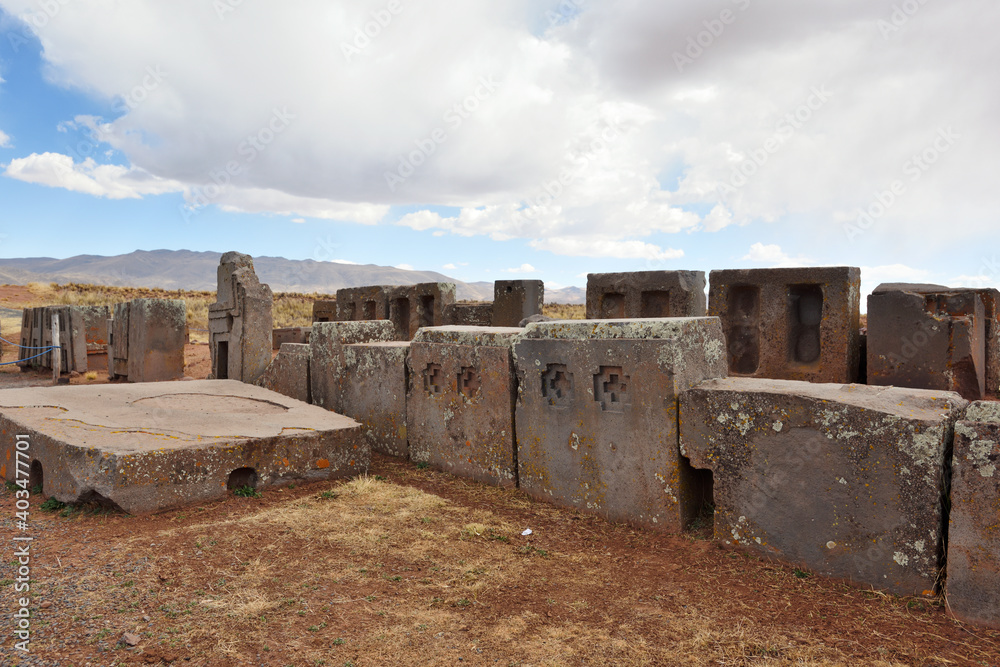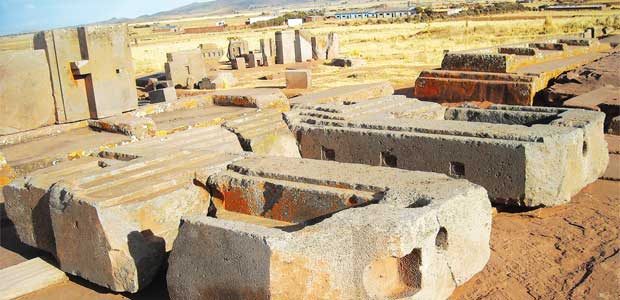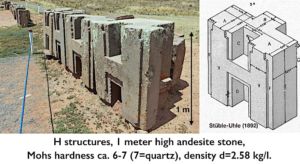
Tiahuanaco Monuments (Tiwanaku / Pumapunku), Bolivia are made of geopolymer artificial stones created 1400 years ago. – Geopolymer Institute

Puma Punku: The History of Tiwanaku's Spectacular Temple of the Sun: Charles River Editors, Harasta, Jesse: 9781533676122: Amazon.com: Books
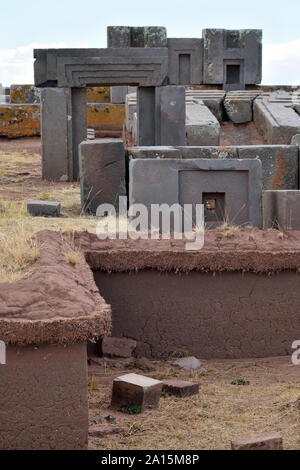
Ruins of Pumapunku or Puma Punku part of a large temple complex or monument group that is part of the Tiwanaku Site near Tiwanaku, Bolivia Stock Photo - Alamy
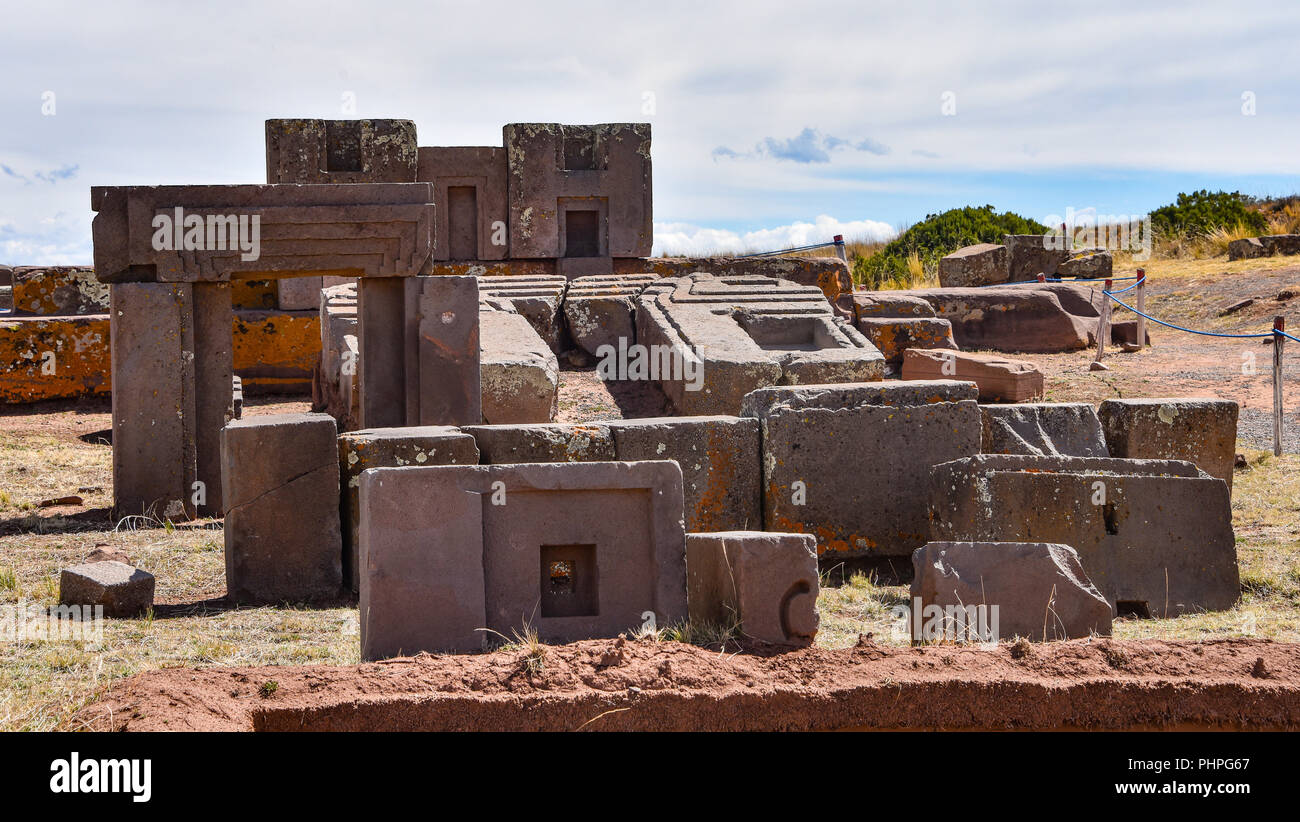
Elaborate carving in megalithic stone at Puma Punku, part of the Tiwanaku archaeological complex, a UNESCO world heritage site near La Paz, Bolivia Stock Photo - Alamy
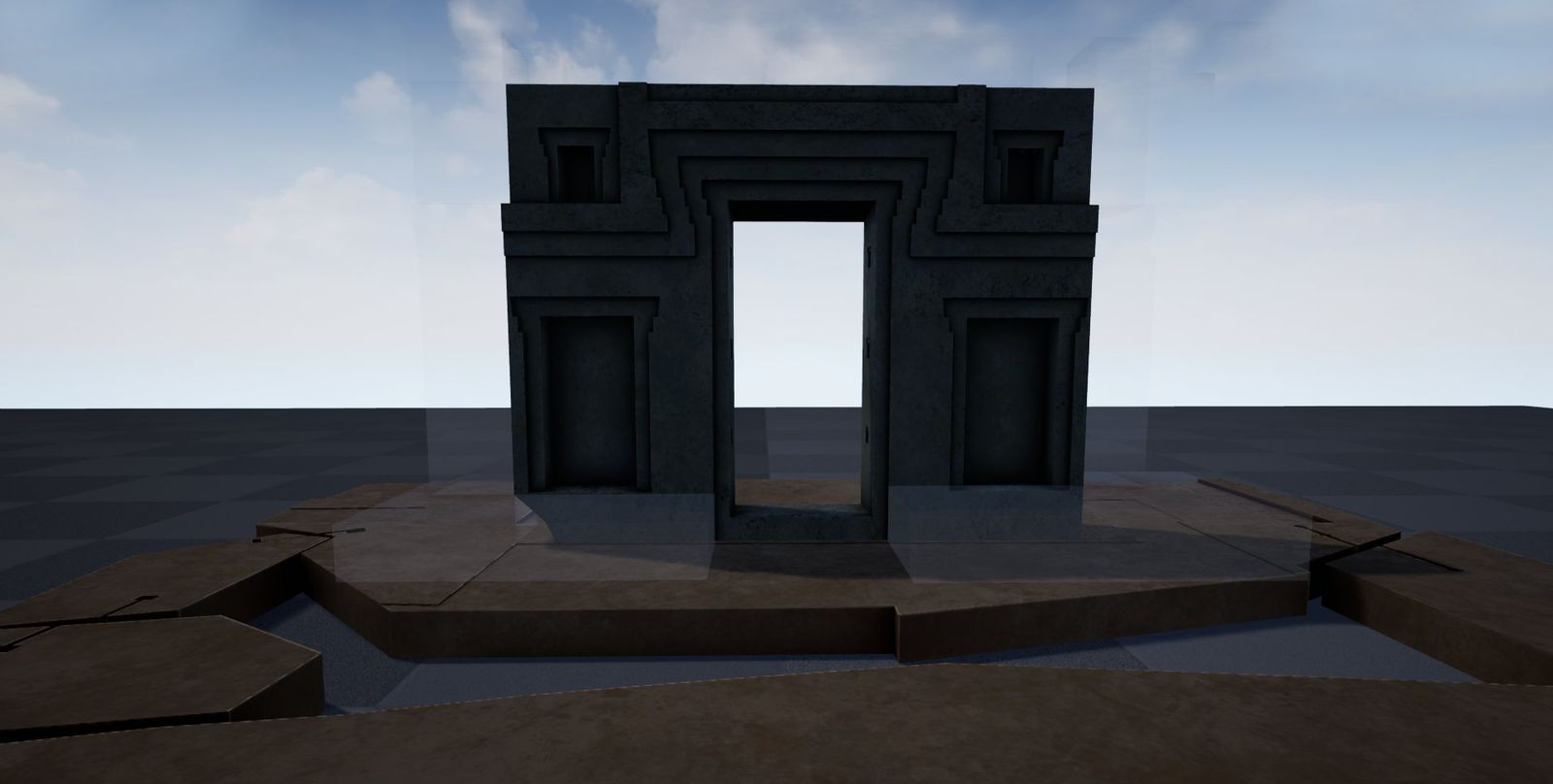
Archaeologist Reconstructs Ruins of Tiwanaku Temple in Bolivia Using 3-D Printing Technology | Smart News| Smithsonian Magazine
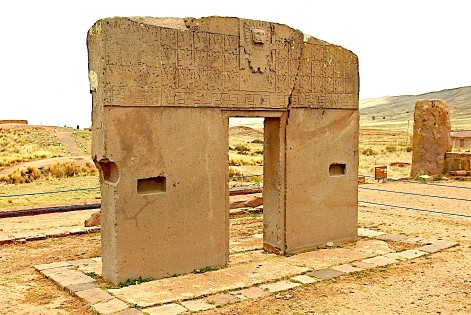
Tiahuanaco Monuments (Tiwanaku / Pumapunku), Bolivia are made of geopolymer artificial stones created 1400 years ago. – Geopolymer Institute
